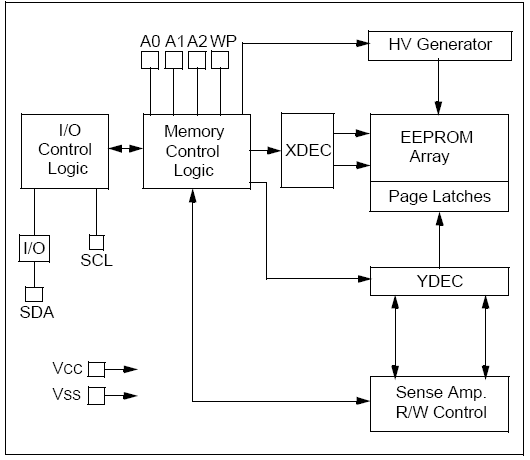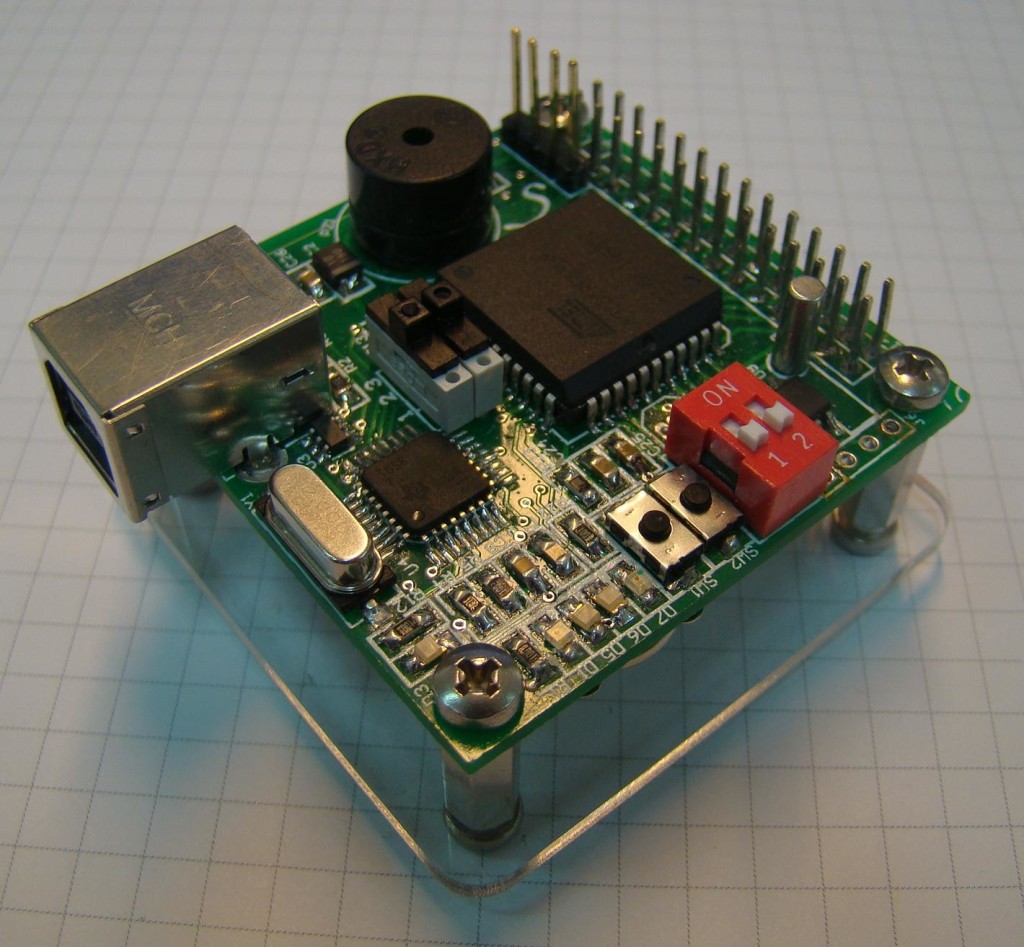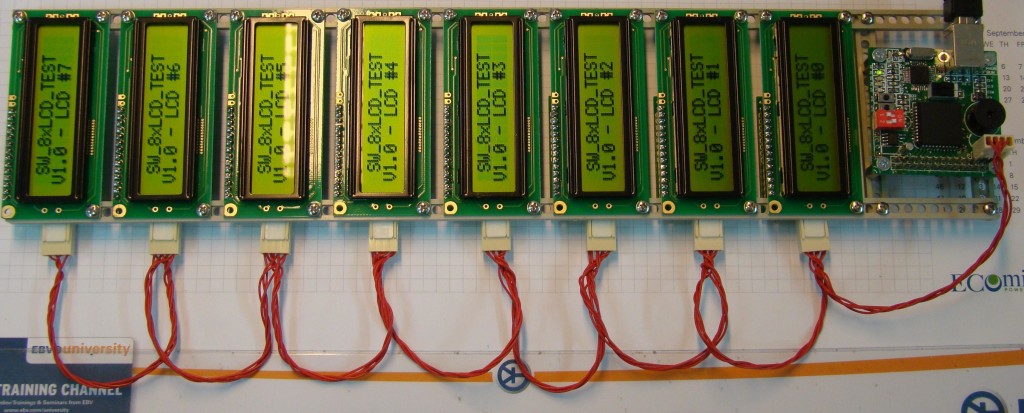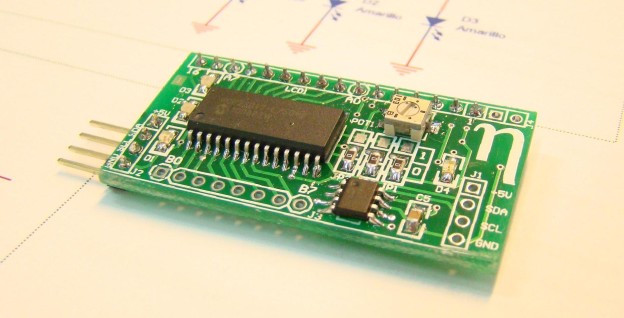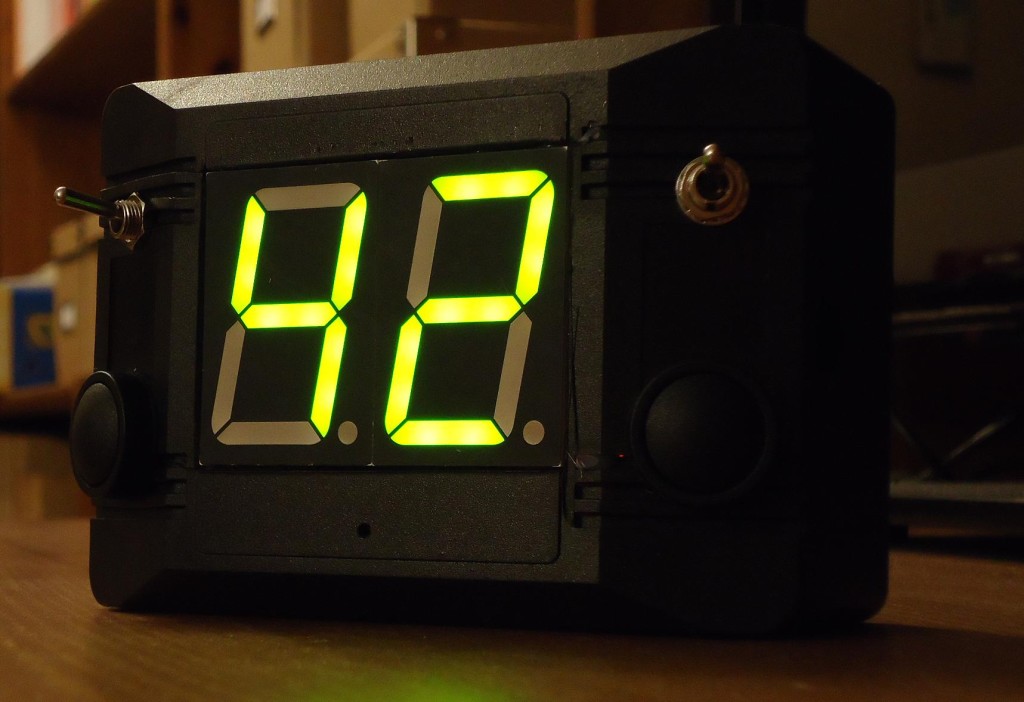A brief entry to tell you that Numato people are very happy this year, and from December 2013 and January 2014 they will give a free gift (including worlwide shipping costs) to everyone that shares this message over facebook, twitter or in a blog. Here’s all the info about this mega Give Away. From here, I only can congratulate they for this great initiative.
From Spain, I wish a Merry Christmas for everyone and I hope all of you enjoy this hollidays with your family and friends!!









